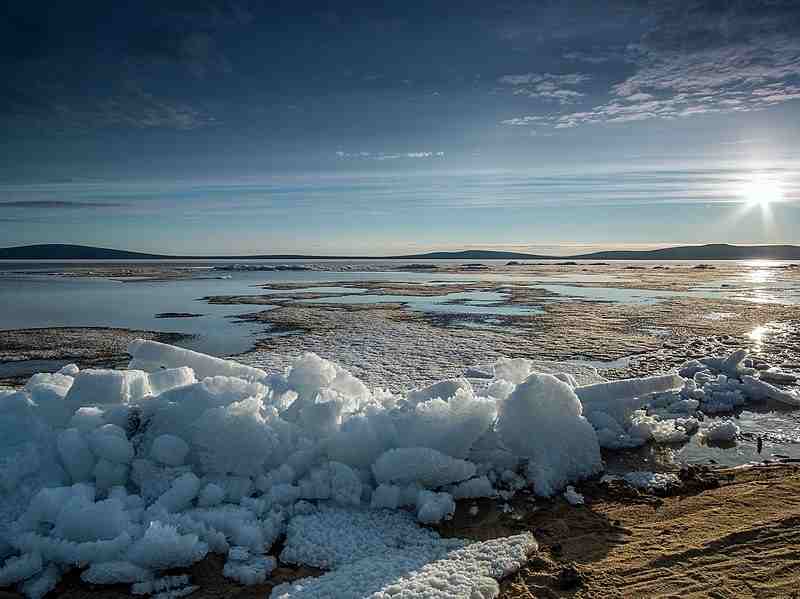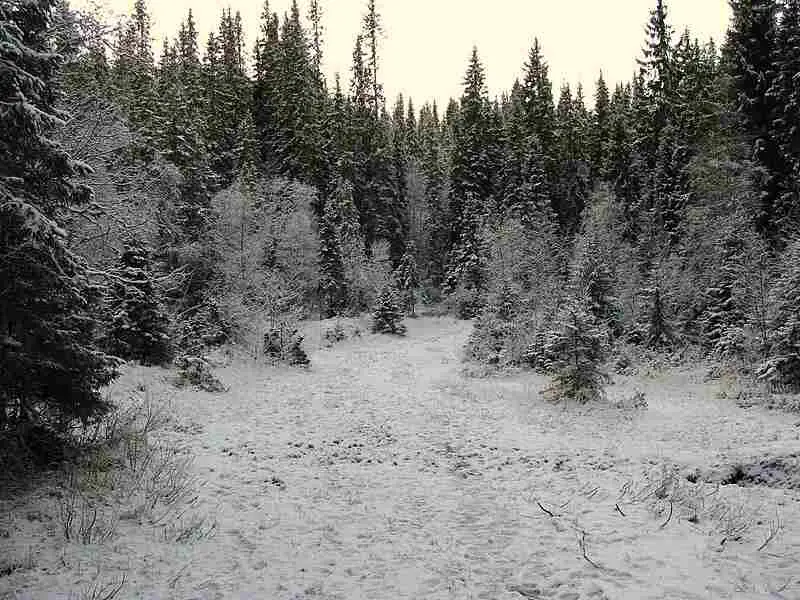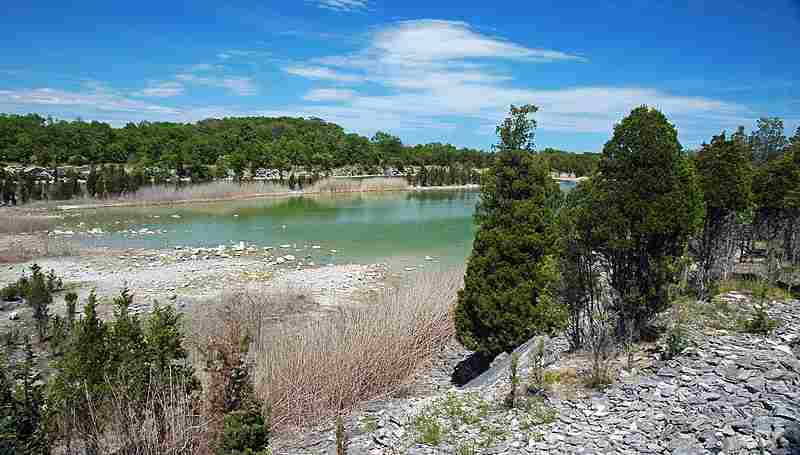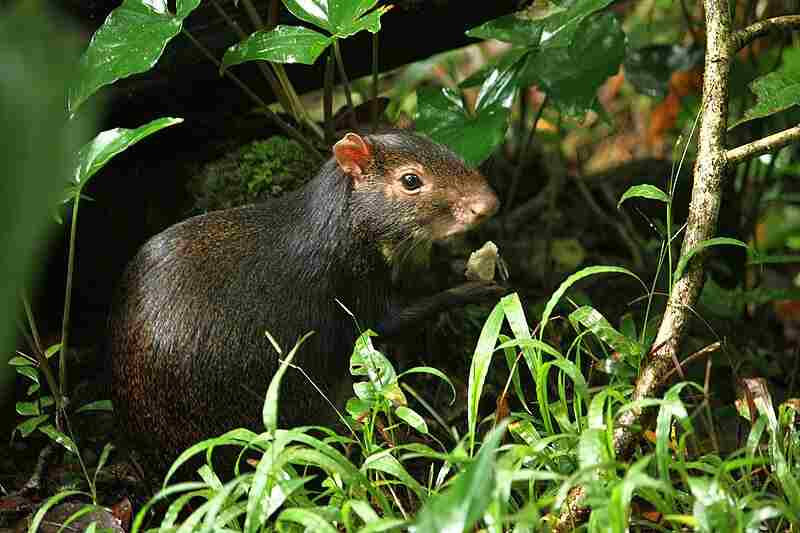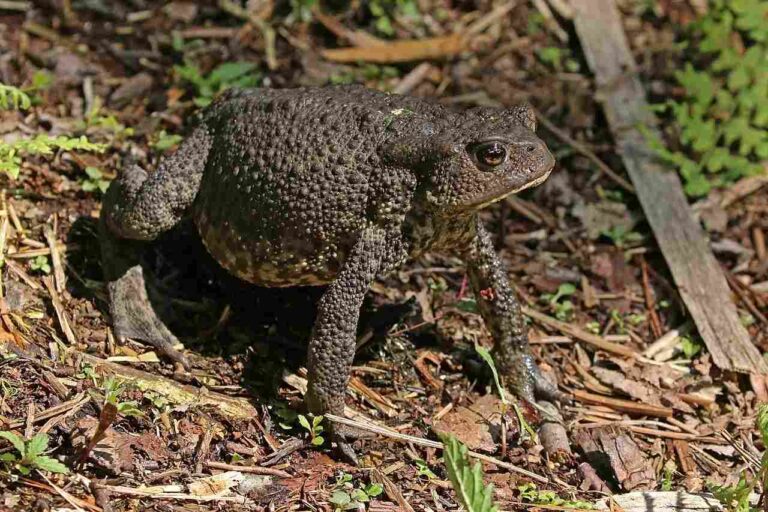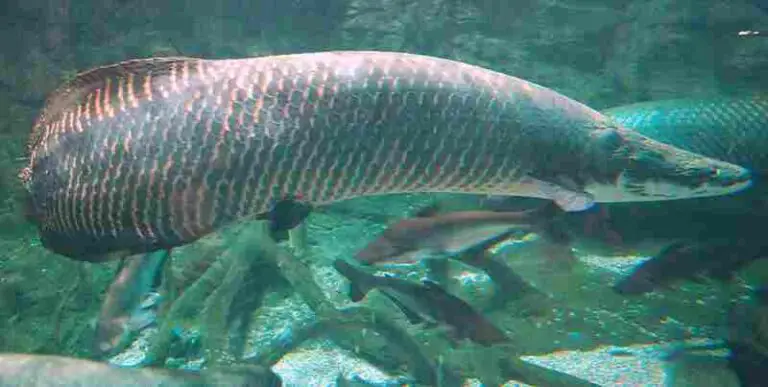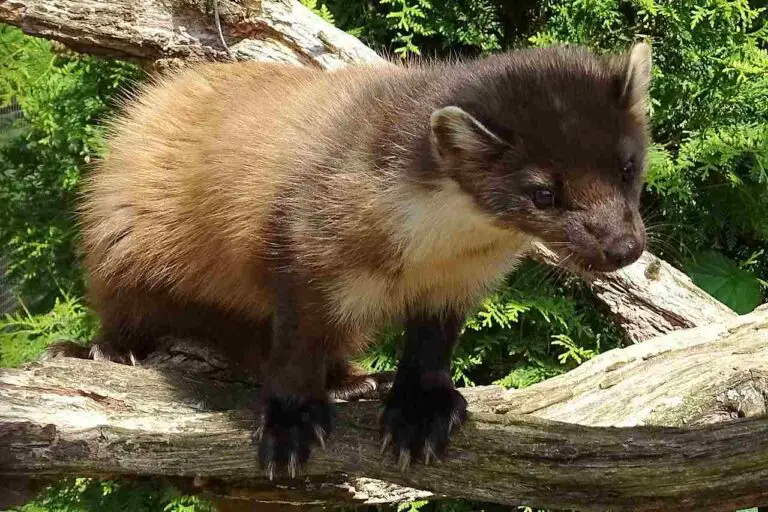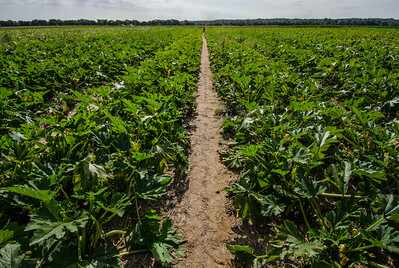Tundra Climate Characteristics, (5) Elements Discussed
Tundra climate is characterized by; low temperature, precipitation and humidity; low-to-moderate solar radiation, and high-velocity winds.
This article discusses tundra climate characteristics in terms of its elements, as follows;
1). Temperature in the Tundra (as an element of Tundra Climate)
Temperature in the tundra is extremely cold compared to other terrestrial ecosystems like forests and grasslands.
The tundra climate features seasonal variation every year; including short, cool summer seasons and prolonged, frigid winters.
A fairly broad range of temperatures occur in the tundra biome over the course of a year.
On average, the winter season temperatures are below freezing, rising only in the brief summer, to cool levels.
The general temperature range of the tundra is from -34°C to 12°C, with variations (of up to 10°C), in specific values from on precise geographic area to another.
*Extremity of Winter Temperature in the Tundra
The winter season in tundras is particularly harsh, with extreme levels of cold.
On average, temperature during the winter ranges between -30°C and -40°C, and may fall even further below this range in the northernmost areas.
Temperature in the Arctic tundra remains at subzero levels for a significant period each year, during which solar radiation is low and atmospheric darkness is prevalent.
These extreme cold conditions pose a challenge to plants and animals in the tundra, many of which survive by means of adaptive features.
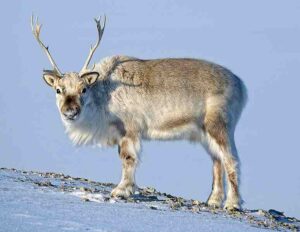
The tundra is one of Earth's coldest biomes.
Coldest temperatures recorded in the tundra are around -60°C; with some areas capable of falling below this value.
Effects of cold temperature on the tundra and its abiotic and biotic components include;
1. Relatively-sparse plant distribution
2. Winter hibernation
3. Migratory behavior
4. Physiological adaptations like fur-bearing and insulative sub-cutaneous layer
5. Dominance of resilient, low-height plants like dwarf shrubs and mosses
2). Precipitation in the Tundra
Precipitation in the tundra is low in comparison to biomes like temperate forests and tropical rainforests.
In some studies, the tundra is described as having a cold-desert climate, due to its dryness.
*Characteristics of Tundra Precipitation
The main form of precipitation that occurs in the tundra is snowfall.
This is as a result of the prevalence of low temperatures for most part of the year, which causes atmospheric moisture to fall as frozen water rather than liquid (as in rainfall).
Rainfall occurs in the brief summer season, and is only a secondary form of precipitation.
Continuous snowfall produces a layer of ice that covers the tundra soil, providing insulation to its organisms and abiotic constituents.
*Precipitation in the Alaskan Tundra as A Case Study
Precipitation in the Alaskan tundra is variable from one segment of the area to another, as a result of the vastness of the total area of Alaska, and the spatial differences in geographic attributes, across this area.
In the northern parts of Alaska, which are in the Arctic tundra ecoregion, annual precipitation ranges from about 130 to 200 millimeters [3]. The amount of precipitation increases in southern Alaskan tundra, so that it may exceed 500 millimeters per annum.
*Comparison of Tundra and Taiga Precipitation
The taiga (or boreal forest), receives more precipitation than the tundra biome, ranging approximately between 200 and 900 millimeters annually [4].
Climate in the boreal forest is generally more humid than in the tundra, which explains the higher relative species-richness and biodiversity of boreal animals and plants.
3). Humidity in the Tundra (as an element of Tundra Climate)
Humidity is generally low in the tundra as a result of low amounts of precipitation, and predominance of frigid temperatures.
Moisture in the atmosphere of the tundra is therefore limited, impacting regional biotic and abiotic conditions.
Low relative humidity is a constant tundra characteristic, meaning that there is little variation in humidity levels throughout the year.
Relative humidity itself is a comparative measure of the instantaneous amount of moisture in the air to the maximum bearable amount of moisture at a given temperature.
Because of low temperature conditions, air in the tundra can hold only a limited amount of moisture, with most water micro-droplets and vapor having a tendency to freeze and transform into hydro-precipitate.
Also, the low temperatures limit the rate of evaporation occurring in the tundra, so that limited amount of moisture enters into the air/atmosphere.
The result of this is dry air, lacking moisture as is available in equatorial or warmer regions.
*Role of Permafrost in the Low-Humidity of the Tundra
Permafrost is a permanently-frosted or frozen layer of soil, which is common in the tundra [2].
This layer contributes to low atmospheric humidity by locking water molecules within the crystal lattices of ice masses; while covering the soil and preventing water infiltration.
The effects of this are; lower evaporation rates, less liquid water, and a relatively inactive hydrological cycle.
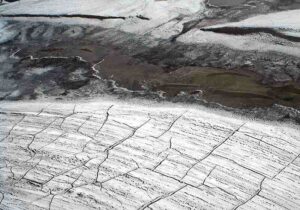
While the overall humidity is comparatively low, seasons experience very slight but measurable changes in humidity, in the tundra; where summers are slightly more humid than winters.
Humidity conditions affect tundra plants and animals. Many plants in the tundra conserve water through physiological adaptations like the possession of small leaves and waxy cuticles. Animals are also generally tolerant of drought, and use migratory behavior to escape the harsh conditions.
4). Solar Radiation in the Tundra
Solar radiation is an important element of climate in the tundra.
It can be described as electromagnetic waves from the Sun, comprising of visible light and infrared radiation; which are sources of solar-photonic energy and thermal energy, respectively.
The thermal energy in solar radiation is what affects the climate, because it is capable of causing increase in temperature.
*Seasonal Changes in Tundra Solar Radiation
Solar radiation is very limited in the tundra during winter.
During the summer, daylight may last for nearly 24 hours in the tundra; a phenomenon referred to as the 'midnight Sun' [1].
This solar exposure helps plants perform photosynthesis and produce food/biomass which they use for survival in winter.
*Angle of Solar Incidence in the Tundra
As a result of its high-altitude location, the tundra receives solar rays at a low incident angle
Unlike equatorial areas where the Sun is directly overhead, solar radiation must travel across a relatively-long distance in the atmosphere before reaching the tundra.
This usually results in diminished solar intensity in the tundra, compared to equatorial regions.
*Solar Insolation in the Tundra
Solar insolation is a measure of the amount of solar energy received per unit area in a given location [5].
Relative to regions around the equator, the tundra has low insolation levels. However, the extended daylight hours in summer enable the tundra absorb significant amounts of solar radiation, so that its total annual insolation is high compared to other high-latitude eco-regions.
Asides its role as a climatic element, solar radiation is also the primary source of energy to the food chain in the tundra.
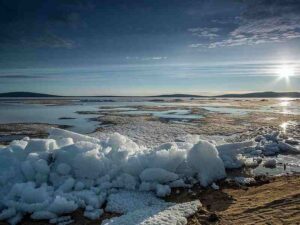
5). Wind (and Atmospheric Pressure) in the Tundra (as an element of Tundra Climate)
Wind is an important element of climate in the tundra biome, and plays roles in its geographic and ecologic dynamics.
Prevailing winds in the tundra have significant velocity. In Arctic tundras they blow in a west-east direction; while in Antarctic tundras the trend is east-west.
Factors that contribute to the persistence and intensity of wind in the tundra include;
1. Variable topography
2. Temperate differences between air masses
3. Presence of adjacent oceans
Wind exacerbates the frigid temperature conditions of the tundra.
It increases the effectiveness of convective cycles that facilitate heat loss from the Earth's surface, as warmer air masses rise into the upper atmosphere and are replaced by colder air masses.
A summary of the effects of intense winds on the tundra is listed as follows;
1. Facilitation of aeolian erosion
2. Long-distance dispersal of seeds
3. Plant and animal physiological/behavioral adaptation
Conclusion
Tundra climate is characterized by;
1. Low temperature
2. Relatively low precipitation
3. Low relative humidity
4. Low to moderate solar radiation
5. High-velocity winds
References
1). Arnold, W.; Ruf, T.; Loe, L. E.; Irvine, R. J.; Ropstad, E.; Vieberg, V.; Albon, S. D. (2018). "Circadian rhythmicity persists through the Polar night and midnight sun in Svalbard reindeer." Sci Rep. 2018 Sep 27;8(1):14466. Available at: https://doi.org/10.1038/s41598-018-32778-4. (Accessed 12 June 2023).
2). Heijmans, M. P. D.; Magnússon, R.; Lara, M. J.; Frost, G. V.; Myers-Smith, I. H.; Huissteden, K. V.; Jorgenson, M. T.; Fedorov, A.; Epstein, H. E.; Lawrence, D. M.; Limpens, J. (2022). "Tundra vegetation change and impacts on permafrost." Nature Reviews Earth & Environment 3(1):68-84. Available at: https://doi.org/10.1038/s43017-021-00233-0. (Accessed 12 June 2023).
3). Lara, M. J.; Nitze, I.; Grosse, G.; Martin, P.; McGuire, A. D. (2018). "Reduced arctic tundra productivity linked with landform and climate change interactions." Sci Rep. 2018 Feb 5;8(1):2345. Available at: https://doi.org/10.1038/s41598-018-20692-8. (Accessed 12 June 2023).
4). Wang, J.; Taylor, A. R.; D'Orangeville, L. (2023). "Warming-induced tree growth may help offset increasing disturbance across the Canadian boreal forest." Proc Natl Acad Sci U S A. 2023 Jan 10;120(2):e2212780120. Available at: https://doi.org/10.1073/pnas.2212780120. (Accessed 12 June 2023).
5). Zainuddin, D. F.; Irwan, Y. M.; Razliana, A. R. N. (2012). "Analysis of Solar Irradiance and Solar Energy in Perlis, Northern of Peninsular Malaysia." Elsevier, Energy Procedia, Volume 18, 2012, Pages 1421-1427. Available at: https://doi.org/10.1016/j.egypro.2012.05.158. (Accessed 12 June 2023).
